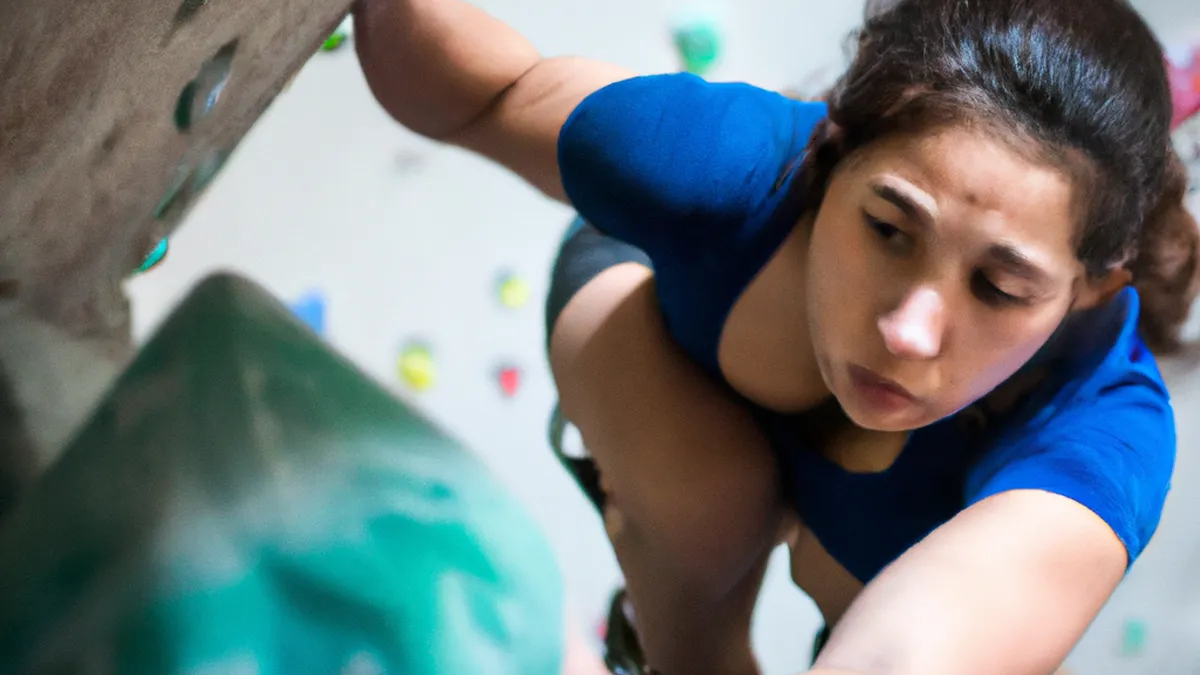Build Strength with Position-Specific Workouts
Designing a Position-Specific Strength Training Program
As an Amazon Associate I earn from qualifying purchases.
Gear tip: consider agility cones, Strength and speed ladder to support this workout.
Athletes at all levels need position-specific strength training programs. Each sport position has unique physical demands. Tailored training enhances performance and reduces injury risks. This guide explores essential elements for creating effective strength training programs.
Understand the Demands of the Position
Analyze the specific demands of the athlete’s position. For example, a football lineman needs different strength and endurance than a wide receiver or quarterback.
Identify Key Physical Attributes
Identify key physical attributes for the position, including:
– **Strength**: Necessary for positions requiring physical confrontation, like football linemen or basketball post players.
– **Speed and Agility**: Crucial for quick directional changes, such as wide receivers in football or basketball guards.
– **Endurance**: Important for sustained efforts, like midfielders in soccer or long-distance runners.
– **Explosiveness**: Vital for sports involving jumping or sprinting, such as basketball centers or sprinters.
Review Game Footage
Analyze game footage to understand necessary movements and skills. Observing how athletes accelerate, decelerate, and change direction reveals their physical requirements. This analysis identifies strengths and weaknesses, guiding targeted training development.
Incorporate Sport-Specific Movements
Incorporate sport-specific movements into the training program. These movements should closely mimic game actions.
Use Functional Exercises
Functional exercises improve overall athletic performance. Focus on movement patterns directly applicable to the sport. For example:
– **Lower Body Strength**: Squats and deadlifts build foundational leg strength for explosive movements.
– **Core Stability**: Medicine ball throws and plank variations enhance core strength, vital for balance and control.
– **Plyometric Training**: Jump training, like box jumps or depth jumps, develops explosive power valuable for athletes.
Prioritize Balance and Coordination
Balance and coordination are critical for athletic performance. Include exercises that challenge balance to help athletes maintain control during fast-paced game scenarios. Examples include:
– **Single-leg Squats**: These improve lower body balance and strength, mimicking sudden directional changes.
– **Stability Ball Work**: Exercises on stability balls enhance core stability and promote overall control.
Conclusion
This guide summarizes key insights for designing effective position-specific strength training programs. Tailored training enhances athletic performance and reduces injuries.
Below are related products based on this post:
FAQ
Why is position-specific strength training important for athletes?
Position-specific strength training is crucial because each sport position has unique physical demands. Tailored training enhances performance by developing the specific attributes needed for that position and helps reduce the risk of injuries associated with those demands.
What key physical attributes should be identified for different sports positions?
Key physical attributes vary by position but generally include strength, speed and agility, endurance, and explosiveness. For example, football linemen require significant strength, while wide receivers need speed and agility for quick directional changes.
How can game footage analysis aid in developing a strength training program?
Analyzing game footage helps coaches and trainers understand the necessary movements and skills for an athlete’s position. It reveals how athletes accelerate, decelerate, and change direction, which in turn identifies their strengths and weaknesses, allowing for targeted training development.















Post Comment